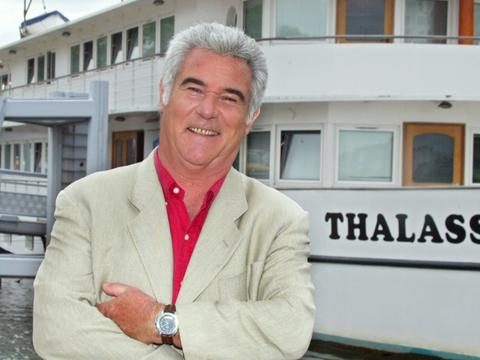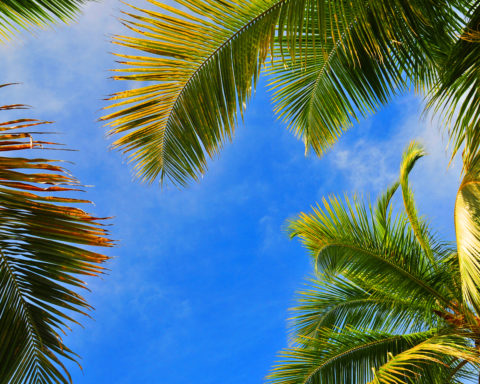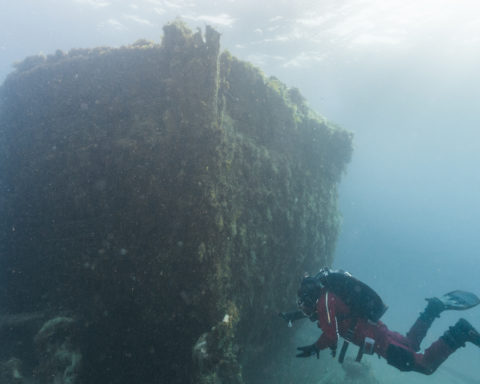Many diving aficionados go to this blue world to discover remains, wrecks, souvenirs from a distant era. These places, often steeped in history, are also great artificial reefs for the development of fauna and flora. These places are very popular by photography enthusiasts.
The story of Fred Scamaroni
Before we start our story on this boat, let’s talk about the name “Fred Scamaroni“. Born in Ajaccio, Corsica, in 1914, he is known to have been a resistance fighter during the Second World War.
At first an aviator, then a soldier and finally a resistance fighter, he returned to combat several times despite his injuries. Resisting Vichy, he created the Copernicus network. This resulted in him being sentenced to death by the Gestapo, he fled to England and found himself assigned to General de Gaulle’s staff.
As a member of the French Fighting Forces, he carried out various missions for the Free France movement.
Since November 1942, Fascist ltaly occupied Corsica. Fred Scamaroni decided to launch an insurrection. Accompanied and organized, he changed his name to “François-Edmond Severi”. Unfortunately, he was betrayed in exchange for money. Imprisoned and tortured, he decides to commit suicide to bury his secrets.
He is recognized “Dead for France”, an honorary mention added to a person’s civil status to reward his or her sacrifice in the service of France.
The ferry “Fred Scamaroni” then named the Salem Express, a tragic end.
At the beginning of the 60’s, the Mediterranean is a place of exchange between the various countries, there is an increase of tourism and the need to have more adapted and better equipped liners is felt. Indeed, ferries at that time, weren’t configured for sleeping and were very uncomfortable for long journeys.
The Fred Scamaroni had all of these improvements: bed bunks, spaces to recharge (Pullman chairs), air conditioning and more space for the garage. The propellers and the engine were also innovative for the time and allowed to improve the speed (20.5 knots).
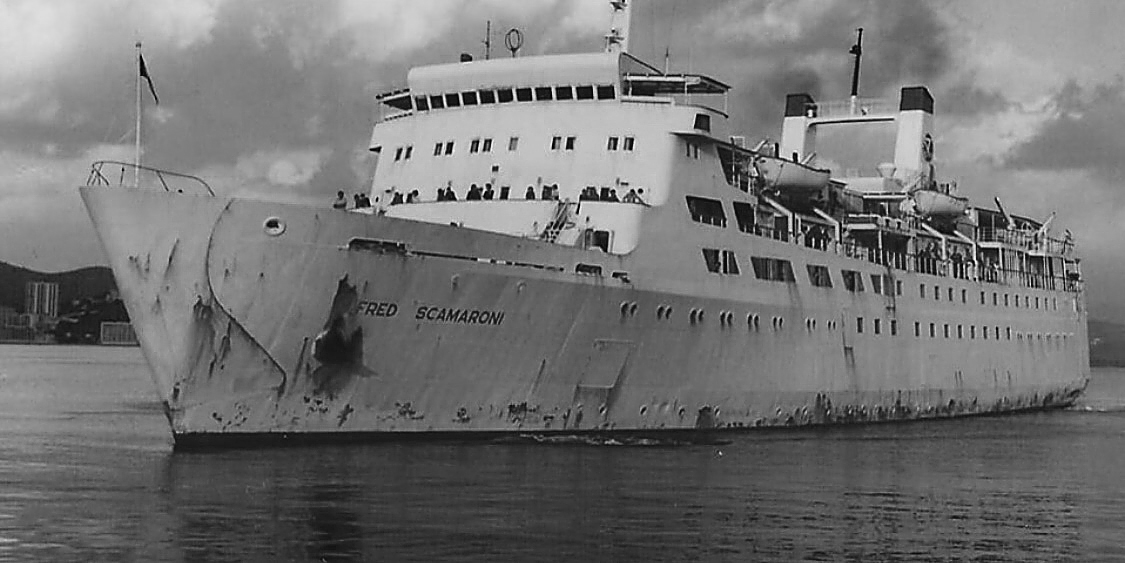
Compagnie Générale Transatlantique and Les Forges et Chantiers de la Méditerranée signed the contract on January 15, 1963. Work began on November 30, 1964, at La Seyne-sur-Mer. The ship’s hull was towed to the Port-de-Bouc shipyards for completion. But the finishing touches were again carried out at La Seyne-sur-Mer.
One hundred meters long, this liner had its first fatal fate in 1964 with a fire which occurred shortly before its delivery. Delayed by a year, it will be inaugurated by the Grand Chevalier de l’Ordre de la Libération, on May 23rd 1966, in Marseille. For this occasion, the effigy of Fred Scamaronie was placed on board.
On june the 14th, one month later, it realizes its first commercial journey between Marseille and Bastia. But, a new damage will put this ferry under repair for fifteen days. Following a bad maneuver, on January 20, 1967, it hits a quay in Ajaccio. During its travels between Marseille and Corsica, several other damages will occur (fires, storms…).
Sold in 1979 to other companies, where it connected France and England, it ended its life as a ferry under the name of Salem Express. Samatour Shipping Compagny was the last company to have bought it in 1988. It sailed between the ports of Safaga in Egypt and Jeddha in Saudi Arabia.
A tragic accident on December 17, 1991 will be its last journey. Shortly after midnight, the ferry collided with the reef of Hamdallah (or Hyndman), 11 kilometers from the Egyptian coast. Out of the four hundred and seventy victims, mainly Egyptian pilgrims returning from Mecca, only one hundred and eighty survived. The entrances to the ship has been sealed, and it now the Salem Express lies about thirty meters (100 feet) below the surface.
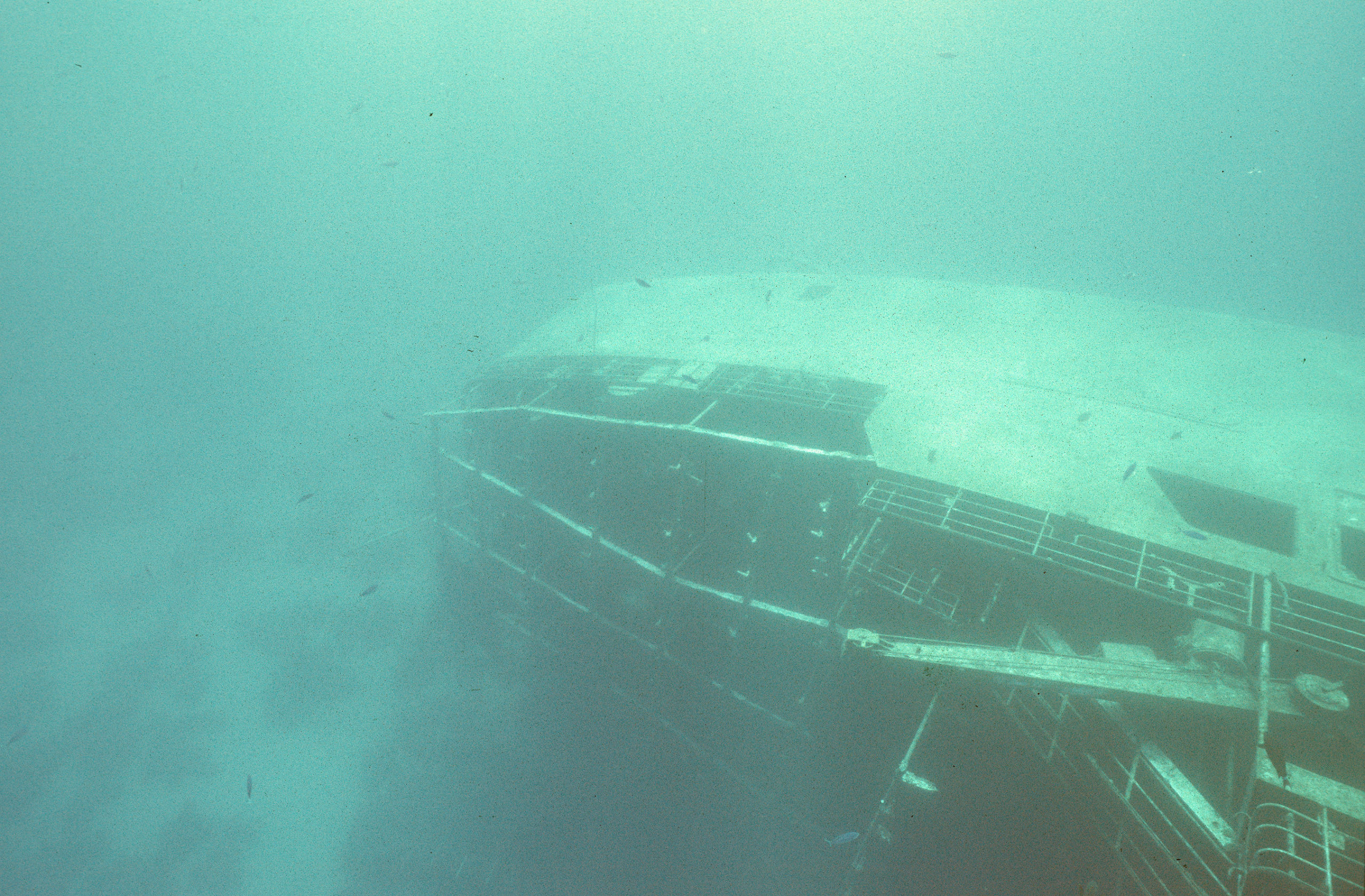
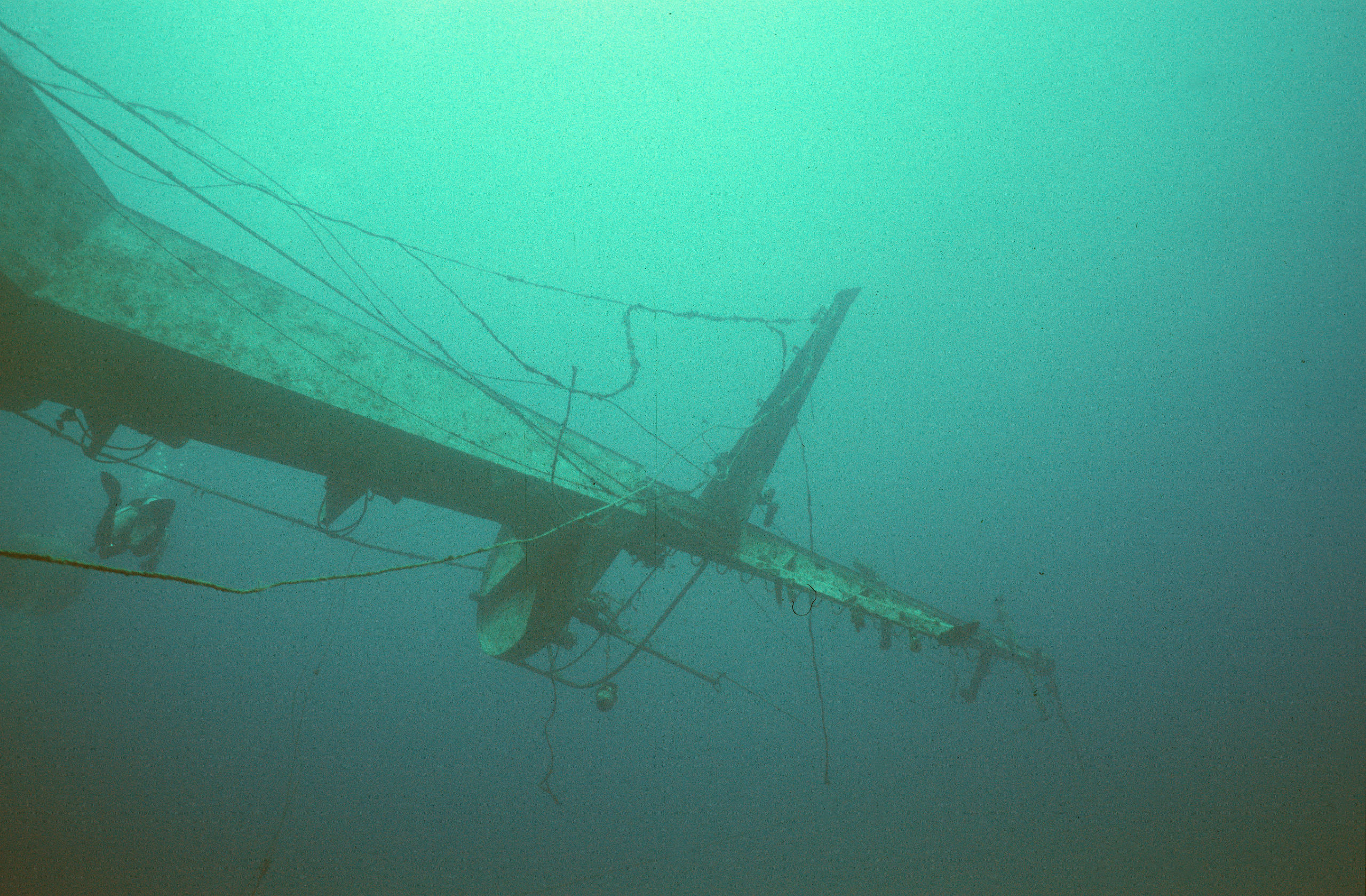
Since then, corals, sponges and other species have developed. An entire new ecosystem has been created and is now a location of happiness for divers.
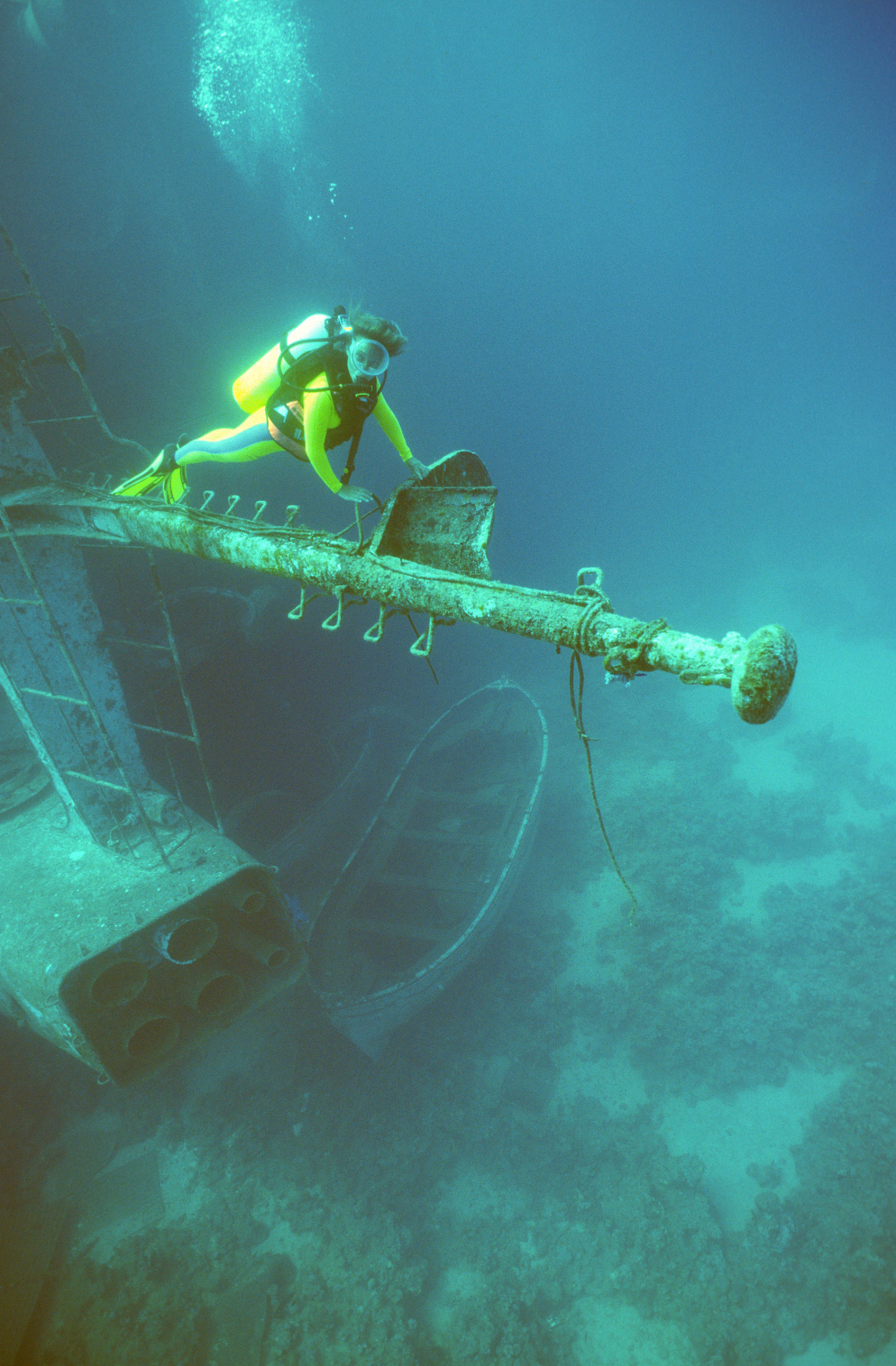
When you dive on wrecks, we invite you to be careful.
If you want continue to read, we invite you to be continued with John Franklin’s Arctic Expedition

